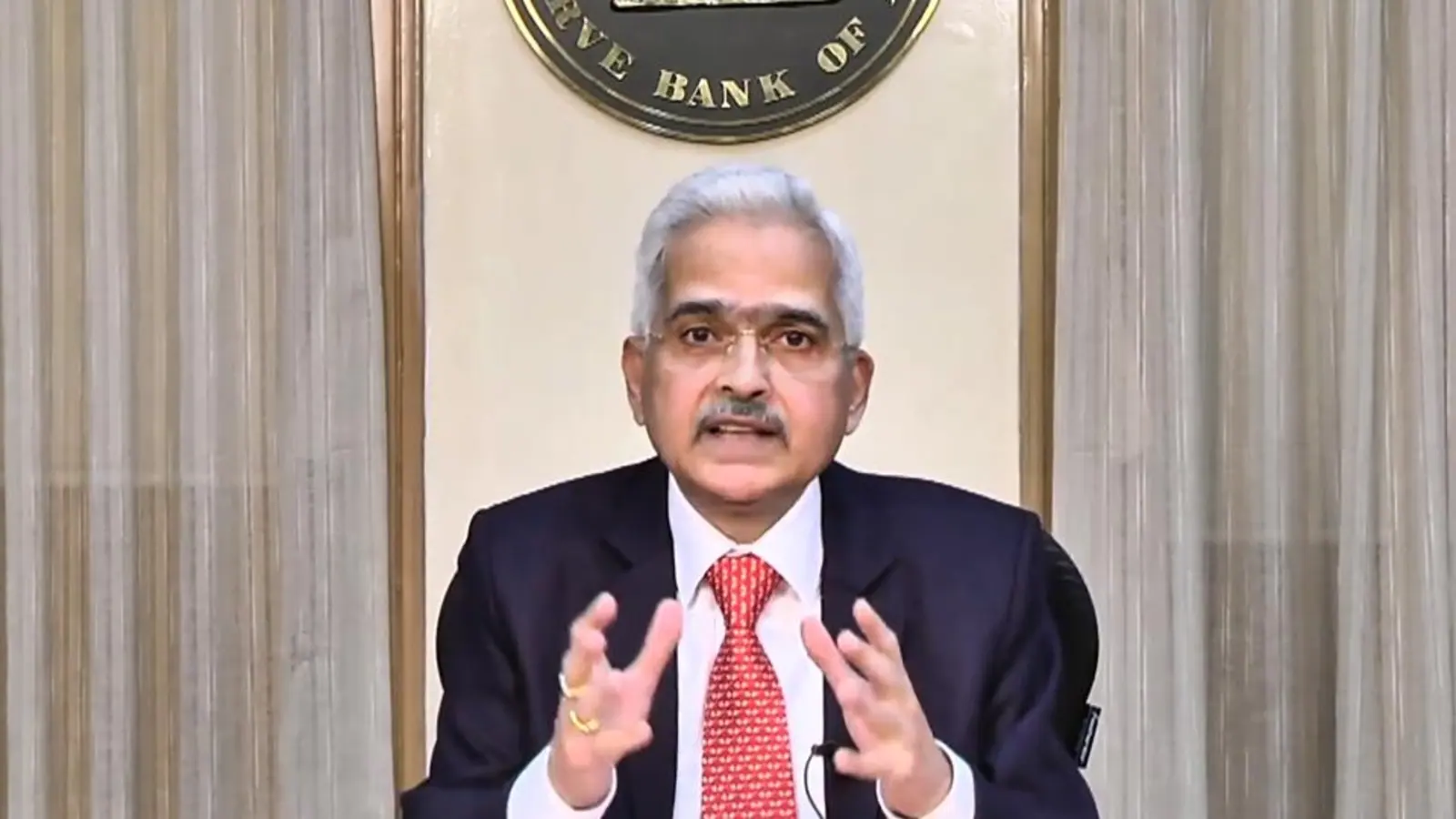To combat inflation, the RBI increased the repo rate by 40 basis points and the cash reserve ratio (CRR) by 50 basis points.

We feel that announcing policy changes to both the rate and the quantity of liquidity at the same time is a cunning ruse. Surprisingly, research suggests that the central bank’s credibility and reputation are better recognised when the market response to its liquidity operations is higher. To that degree, the RBI appears to have slain two birds with one stone by becoming a more effective inflation targeter. In reality, the RBI Governor’s surprising mid-term statement today represents a significant change from previous patterns. It also serves as a reminder of the exceptional times we live in.
The persistence of the accommodating policy stance is the most intriguing feature of today’s rate rise. While the markets were surprised, we believe today’s rate move should be viewed more as a tactic than a shift in monetary policy. We feel this is a sensible approach, since the CRR increase might just be an attempt to build up a liquidity war fund. To be more specific, liquidity inflows to the financial system can be induced by the central bank’s policy (for example, reserve revisions, open market operations, and so on) or non-policy driven (foreign exchange reserves, government cash balances, and currency in circulation).
Given the recent impact of non-policy driven liquidity inflows (outflows of portfolio capital) and the scale of the government borrowing programme, the RBI will need to support the market in some way. Impounding bank reserves through the CRR (Rs 87,000 crore) might free up some room for the central bank to buy bonds from banks on the open market and infuse accompanying liquidity if the need arises in the future. When the market stabilisation bonds were introduced in 2003-08, the RBI pursued a similar tactic and increased the CRR. As a result, the CRR rate rise is a key instrument for managing G-sec yields. This move’s tiny print may have gone unnoticed by the markets.
Major central banks across the world have recently gone on a rate rise binge, recognising that inflationary pressures are not only fleeting. The US Federal Reserve has gone on the offensive in the face of a 40-year high in price rises. It has dramatically reduced its bond-buying programme while stating unequivocally that rate rises are essential to battle inflation. The European Union has been reluctant to respond, but there are rising calls to change course as soon as possible. Banks such as the Brazilian Central Bank and the Russian Central Bank have virtually gotten ahead of the game (in keeping the benchmark or key rates in double digits.)
Emerging economies have been hit twice: their days of easy money are long gone, while their economic resources are stretched to accommodate an unequal percentage of the population emerging from the stresses produced by consecutive pandemic waves. To this regard, the RBI’s move to frontload rate rises before of the Fed’s announcement is another another attempt to stop capital outflows.
So far, 21 nations have raised interest rates, including the RBI’s move today to boost the benchmark rate to accord with current market realities. 14 countries have raised rates by greater than or equal to 50 basis points. Markets are also anticipating a 50-basis-point rate rise by the US Federal Reserve at its policy meeting today, which will be the largest since 2000. It would also be the first time in 16 years that the US Federal Reserve raises borrowing prices twice in a row.
Even as weak aggregate demand conditions continued to exert downward pressure on inflation, a historical disaggregation of India’s retail inflation (as measured by CPI) to determine the various macro-factors that drove inflation dynamics shows that inflationary pressures can be attributed primarily to adverse cost-push factors, such as supply-side shocks in food and fuel prices. As a result, food inflation is cited as a primary source of unease in the RBI announcement.
In addition, during the second half of 2021-22, nominal rural earnings for both agricultural and non-agricultural labourers increased. Wage growth, on the other hand, has been slow. The weighted contribution of pay increase to CPI growth remains moderate, which is a positive indicator in terms of anchoring inflationary expectations.
At this point, measures to alleviate supply-side cost constraints are necessary, particularly in terms of a calibrated drop in gasoline and diesel taxes. On the policy side, though, it would imply that inflation may remain high for some time even after rate rises.
Because retail loans are increasingly being benchmarked to an external rate (most commonly the RBI’s repo rate) with a quarterly reset clause, loans benchmarked to the repo rate may increase by 35-40 basis points, passing on the full hike, as banks do not keep a wider spread in retail loans to stay competitive in the market. Around 39.2 percent of loans are benchmarked to external benchmarks as of December 2021, thus a hike in the repo rate would raise interest payments for customers and might affect them starting in the following quarter.
The MCLR (Marginal Cost of Funds based Lending Rate) connected loans account for around 53% of the total loan portfolio. Due to a negative carry, the MCLR will climb when the CRR rises and further hikes in the benchmark rates are likely. Furthermore, if banks boost deposit rates, the cost of funds will rise as well, resulting in an increase in the MCLR.
The RBI has done responsibly, in our opinion, in responding to market factors that might have an impact on India’s development prospects if inflationary worries are not addressed soon. At the same time, it has reiterated its commitment to being a trusted partner in the country’s economy by promising to stay accommodating in order to promote and rejuvenate growth. We also feel that the rate rise would benefit the banking industry since risk will be properly re-priced. However, expect a succession of rate rises in the near future.











